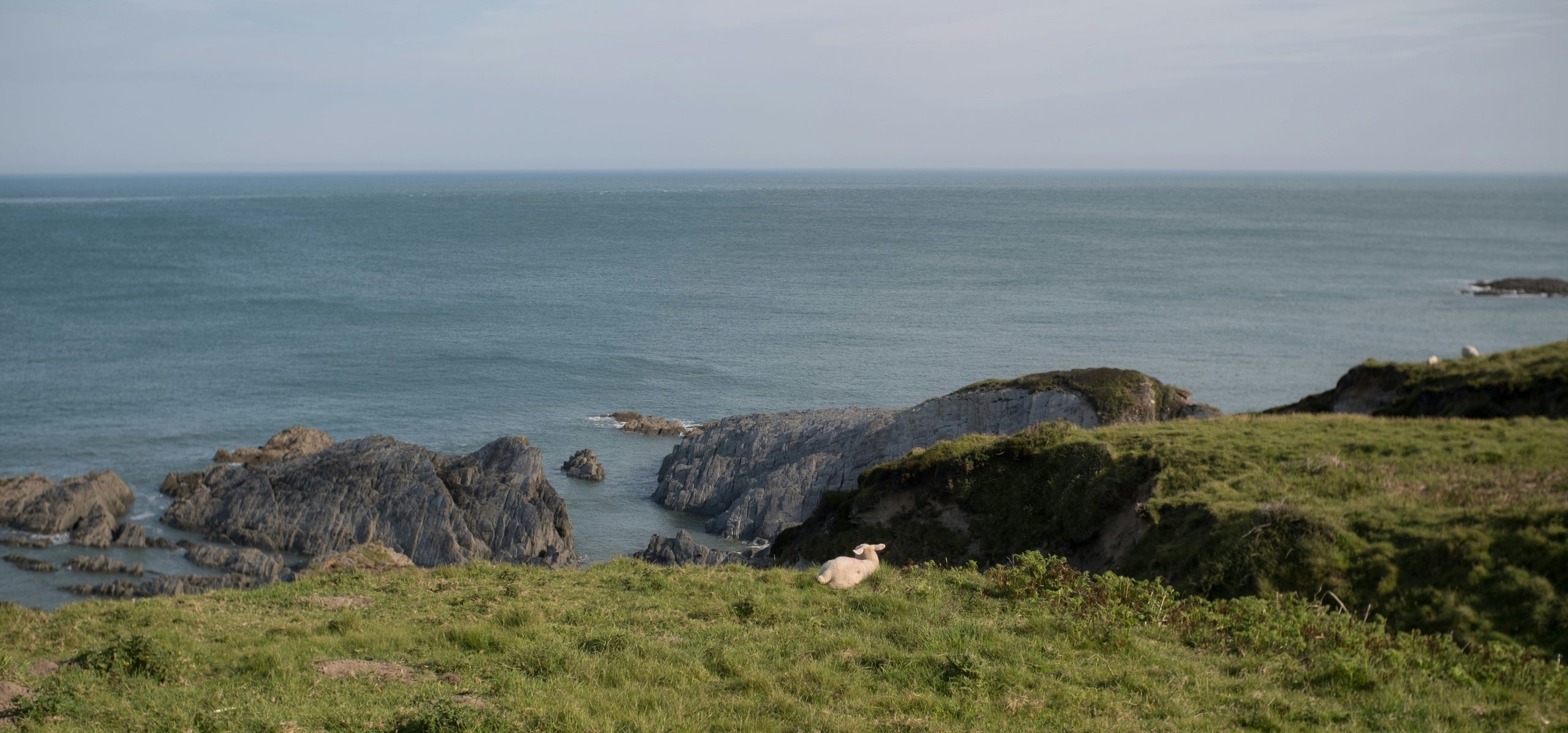
On a daily basis we read bad news stories about our carbon emissions and how far behind target we are in achieving a Net Zero result. 2050 is the date we all recognise but many would expect or wish this to be a lot quicker, some say 2030 or 2035. Whatever date it is we know that we cannot duck this one. Carbon emission reduction is critical. What better illustration could we have to justify this but the constant bouts of bad weather that seem to have become normal, but in reality are very different and much more severe than when I was 20 years younger. It is also demoralising to read stories about how much effort the country puts in to achieving this target whilst other countries are doing exactly the opposite – for example China continues to build new coal fired power stations. It is also frustrating for many of us that the fossil fuel producers still have a high degree of control over our daily expenditure and too often display characteristics of a big business attitude that does not care about its community responsibilities.
A reality check is perhaps therefore overdue. The UKs carbon emissions fell last year to levels unseen since 1879. Cast your minds back to the history books which will tell you that in that year Queen Victoria was on the Throne and the British Army was fighting battles with Zulu Warriors. Emission levels fell by 5.7% following analysis by the government’s energy data centre – Carbon Brief. This decline means that the UK is now more than halfway towards a Net Zero outcome by 2050. Interestingly, this has not come at any loss to economic growth, which has risen by 82% in the last 32 years. If you enjoy boring statistics then emissions sank last year by 383 million tonnes of carbon. With the exception of the general strike in 1926, emissions have not fallen below 400 million tonnes since the Victorian era.
This result is partly well planned and partly a symptom of global weather and energy policies. Much of the fall has been due to a mild winter. It has also been the result of suppressed demand because of high gas prices and electricity imports from France. For these reasons demand has dropped by about 10%, rather than this being a result of green policies. The government continue to pursue a relentless policy to achieve these targets. All but one of the UKs coal-fired power stations closed last year. Only 12 years ago coal plants were supplying 40% of the UKs electricity. By 2017 we had our first coal free day. Also last year coal use fell by 23%. The only remaining coal fired power station in Nottinghamshire is due to close in September. Many of our senior citizens across Northern Devon will remember (fondly?) the coal fired power station at Fremington. This was one of the finest examples of efficiency generation using coal. Its use however had to cease because it was interfering with the operational capabilities of Chivenor Air Base. We should not be disappointed or demotivated by the fact that reductions are driven by circumstances rather than government policy.
There can be no doubt that increasingly Northern Devon is making a significant contribution towards planned reductions using our abundance of wind and solar power. This will only increase year on year as the development of the Celtic Sea takes shape. We should not ignore the fact that many community groups and large and small businesses across our region take active steps to reduce their carbon footprint. However small these contributions are, they are critical to the end objective. This is a vital exercise which needs both practical action and a culture change. Northern Devon should be proud of what we are doing to achieve this.









